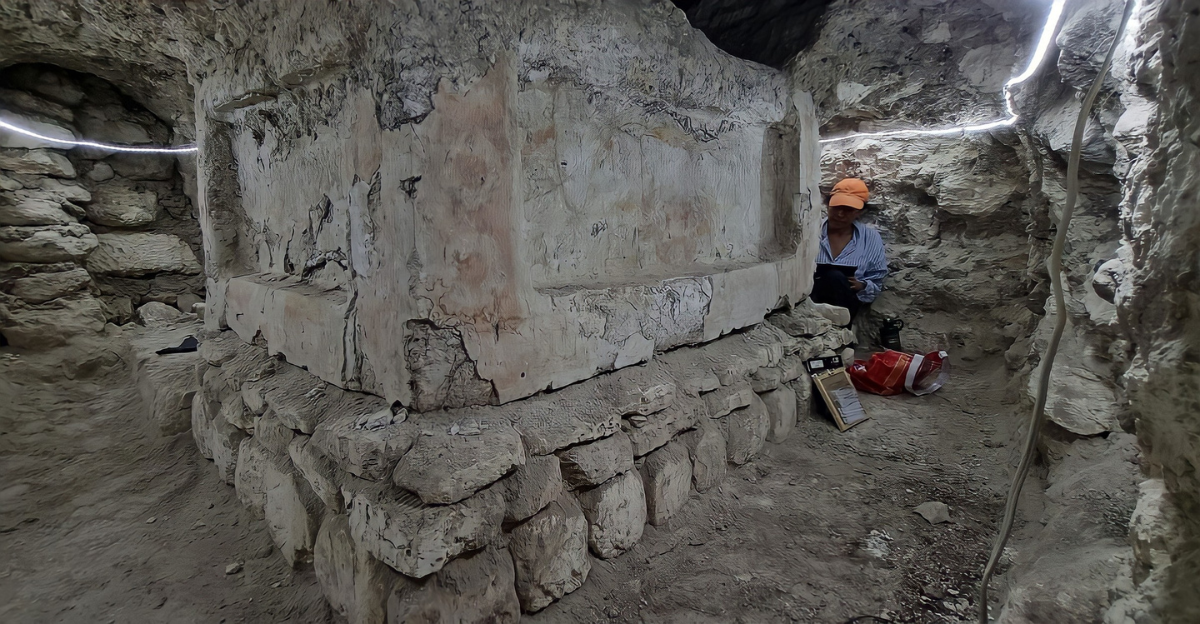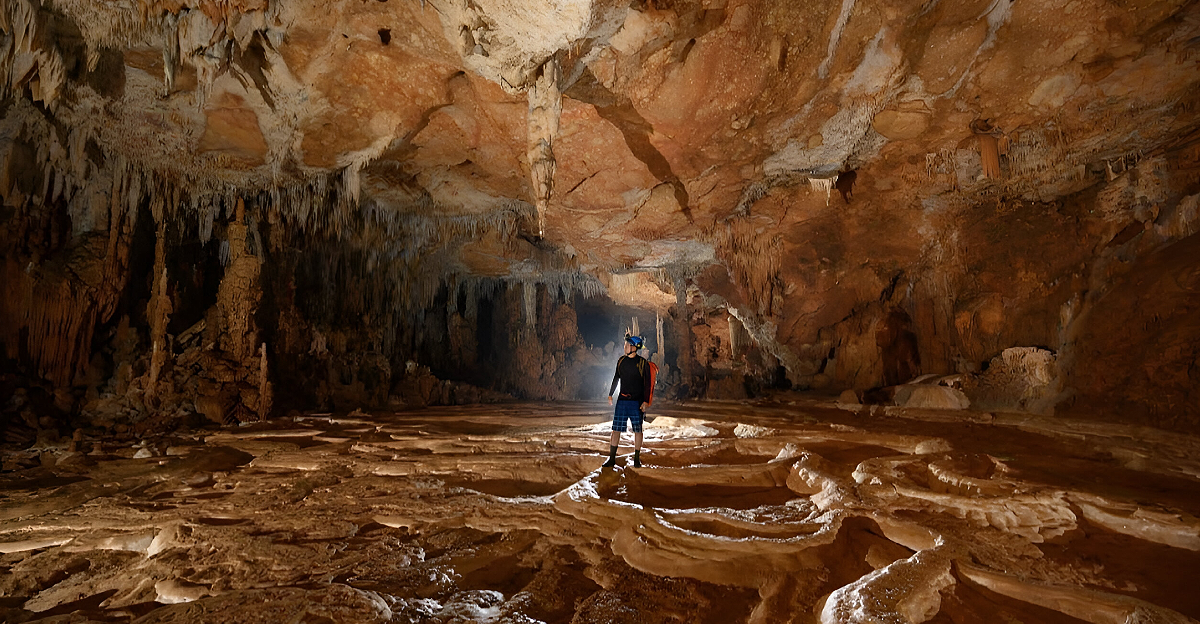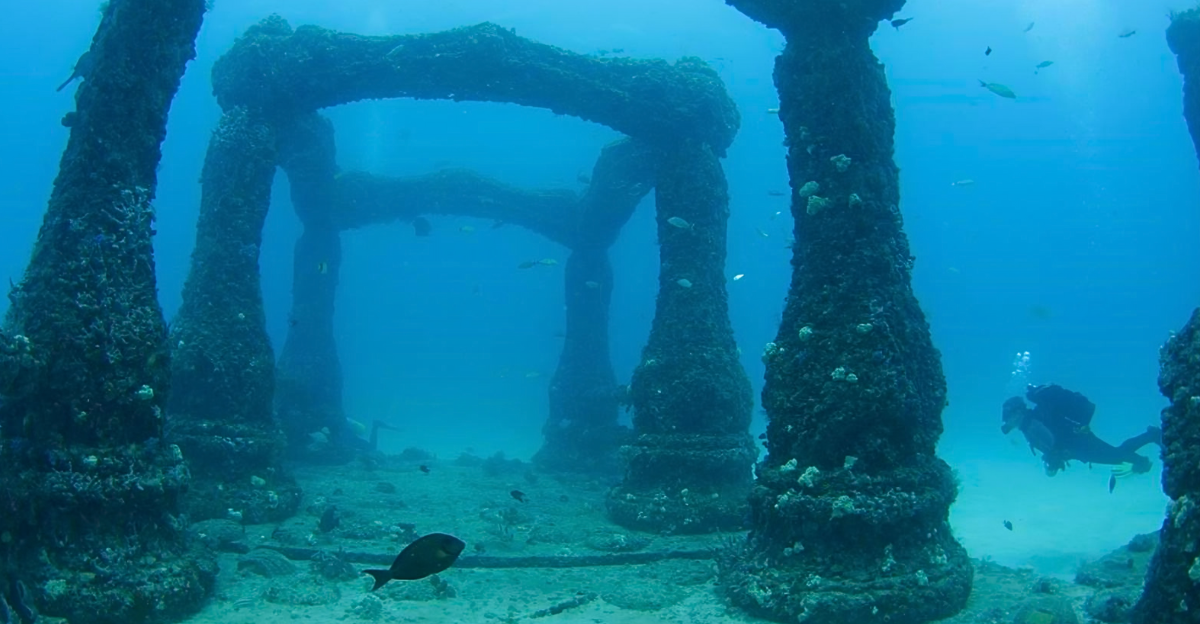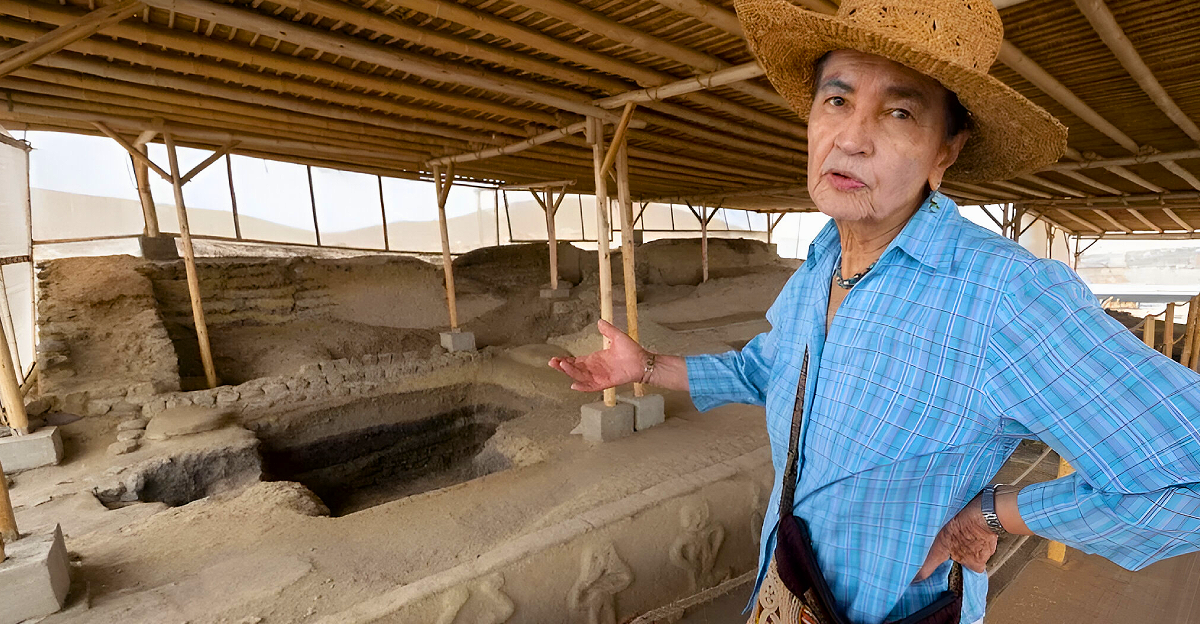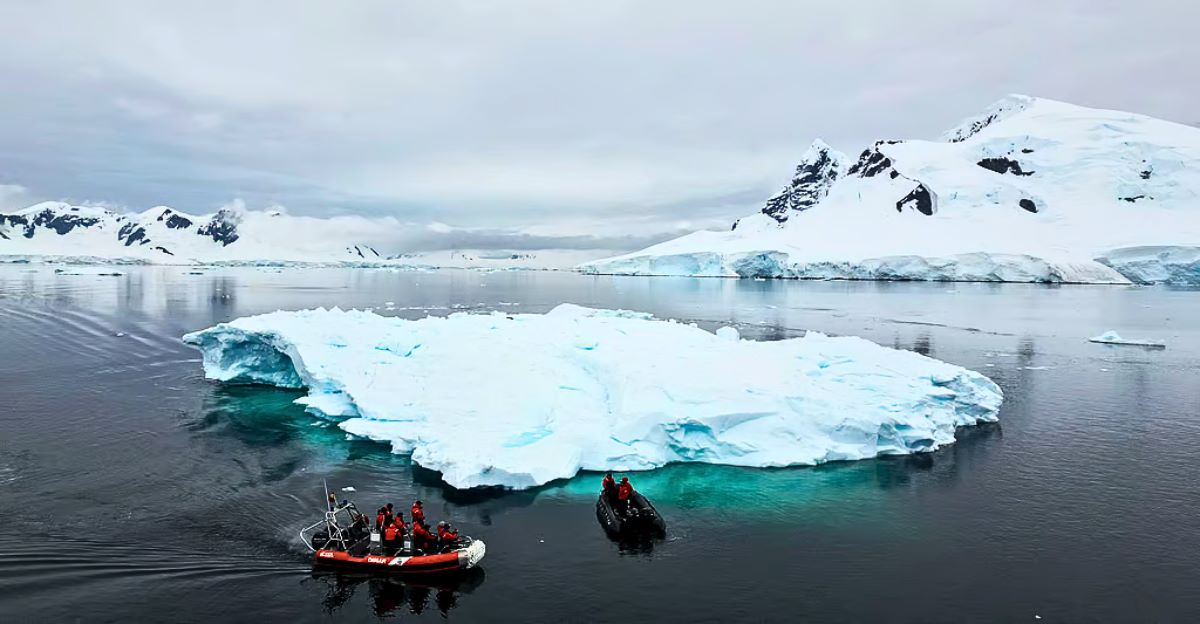
Scientific paradigms regarding life on Earth have shifted. For 100s of years, the continent of Antarctica was a barren wasteland, but there lies a whole new world underneath. Vibrant ecosystems have been discovered by scientists, which include many organisms such as octopi, fish, and a plethora of microbial organisms.
Life forms that have evolved to survive in the cold, dark and starved environments far from sunlight and the open ocean. These findings are not just superficial, they challenge the very definition of what is a habitable environment and force reconsideration of what we know in order for life to flourish.
Historical Context
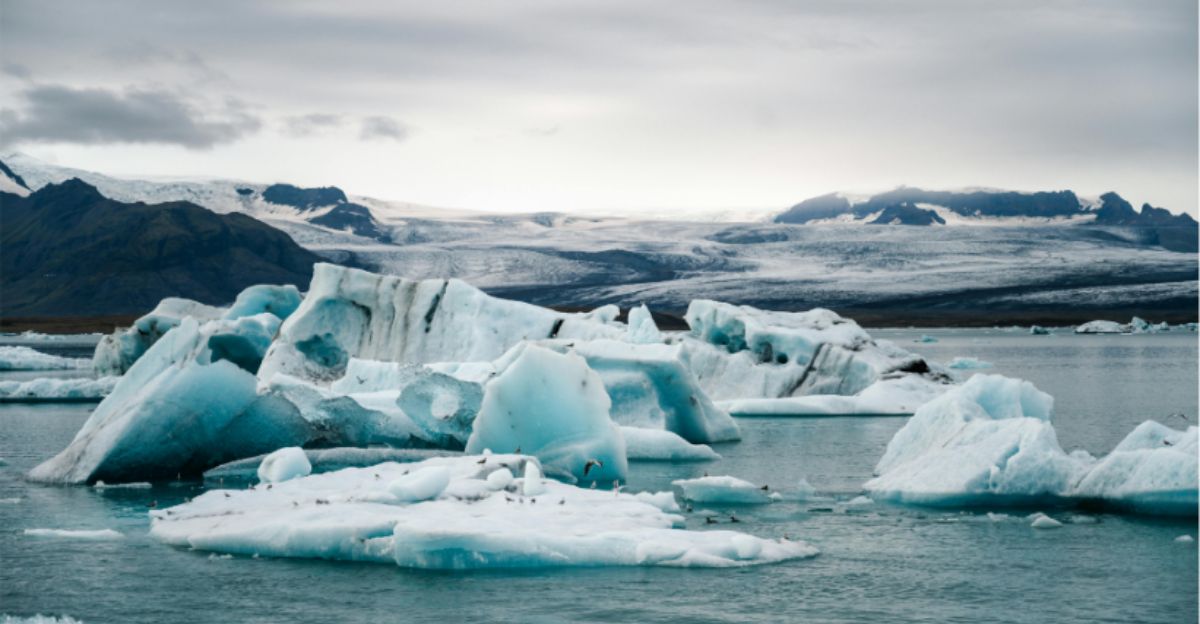
The story of Antarctic exploration has a lot of myth and mystery surrounding what lies beneath sheets of ice. Early scientists and explorers could all but speculate about what lies beneath the ice as they were limited by technology of the time. The first theory is, which were influenced by the clear scarcity of life on the surface, that the subglacial environment could never sustain complex organisms.
The discovery of subglacial lakes such as Lake Vostok was first found in the mid 20th century but it was not confirmed until the advent of advanced radar and satellite technologies in the late 1990s.
Key Findings and Recent Discoveries

Recent expeditions has unearthed an incredible hidden world beneath the artic ice that is far more intriguing, complex and diverse than ever imagined. In 2025, a calving of iceberg A-84 from the George VI Ice Shelf showed an ecosystem beneath 500 ft. of ice. A thriving community of organisms that had been isolated for 100s of years if not mellenia, was disccovered.
These organisms have adapted in unique was to live in these extreme temperatures and perpetual darkness. When the ice breaks off more ecosystems and habitats are becoming accesible for us to research. Urgent questions have been raised surrounding the protection of these new environmental discoveries.
Technological Challenges and Innovations
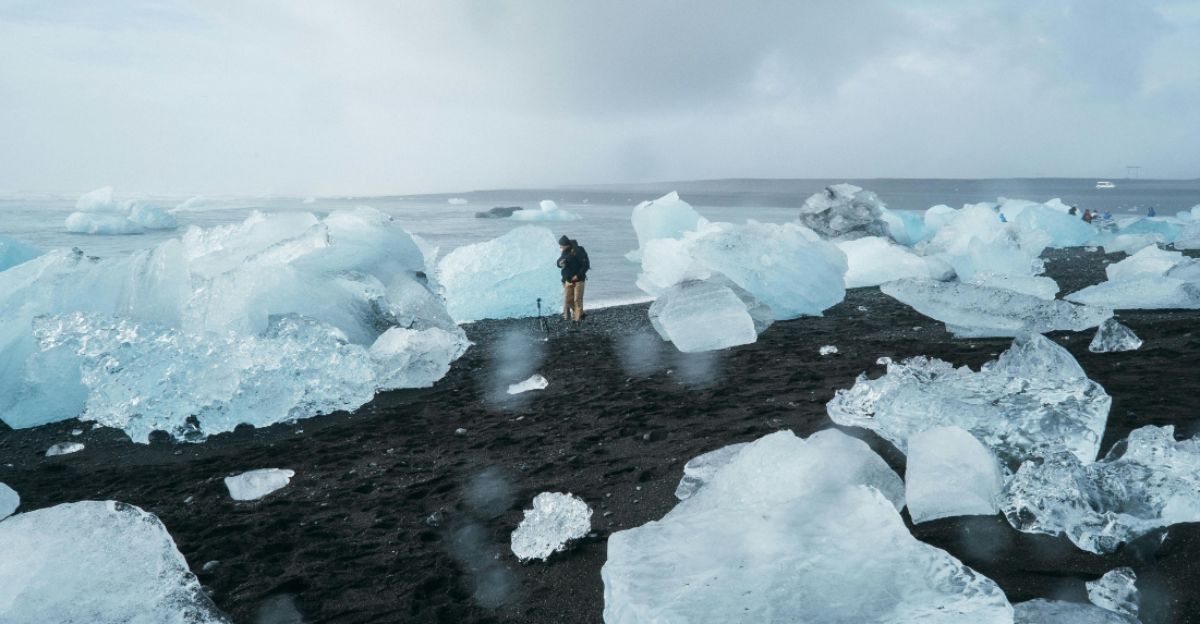
Accessing and researching these hidden worlds beneath the Antarctic ice present n interesting set of scientific and technological challenges. The thick ice, which can exceed 100s of meters, require specialized equipment such as hot waterdrills and remotely opperated vehicles to penetrate it and explore deeper.
This specialized equipment has had to be carefully engineered to deal with the extreme cold, high pressure, and abysmal visibility of this subglacial environment. In addition, scientists have also needed to take great care not to contaminate these newly found and pristine ecosystems, as even the smallest foreign organism could be devastating and have lasting effects.
Ecological and Evolutionary Implications

The adaptability of the complex life beneath Antarctica has incredible implications for understanding ecology and evolution. Traditional ecological models have explained that complex ecosystems usually require sunlight and photosynthesis as their primary energy force, but this discovery challenges this assumption as these organisms live in perpetual darkness.
It has been found that filter feeders which usually relies on food from above the ice, can find food around a 1500 kilometers from the nearest photosynthetic source. Meaning that there are other sources of food available for these organisms. Nutrients from the glacial melts or chemical seeps are sustaining these thriving communities of organisms.
Climate Change Considerations
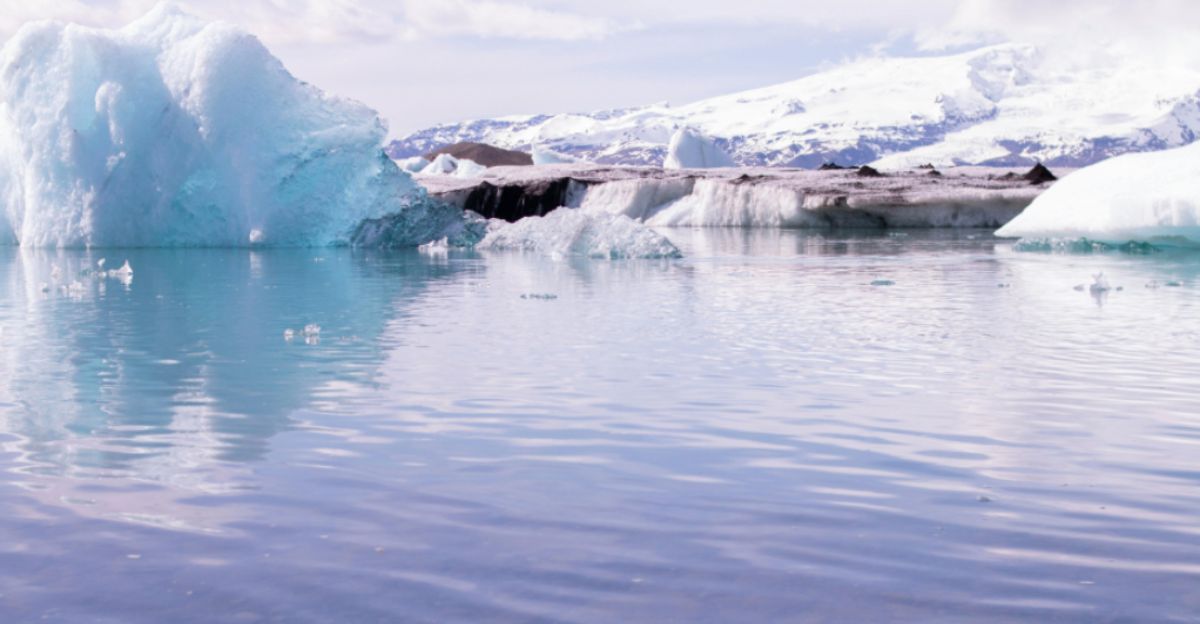
The discovery of these hidden ecosystems beneath Antarctica is a great opportunity but also an environmental concern. Discoveries are often due to the melting of ice caused by our increasing climate instability. The organisms that are revealed by the loss of ice now face rapid environmental changes that could threaten their chances of survival.
Scientists are working to study and understand these ecosystems as fast as they can before they are irreversibly changed or lost entirely. They hope to find and understand how life adapts in everchanging conditions and apply this knowledge in other fields. These findings bring to light how fragile the polar environments can be and the potential for cascading effects on the Earth’s biodiversity.
Policy, Ethics, and International Collaboration
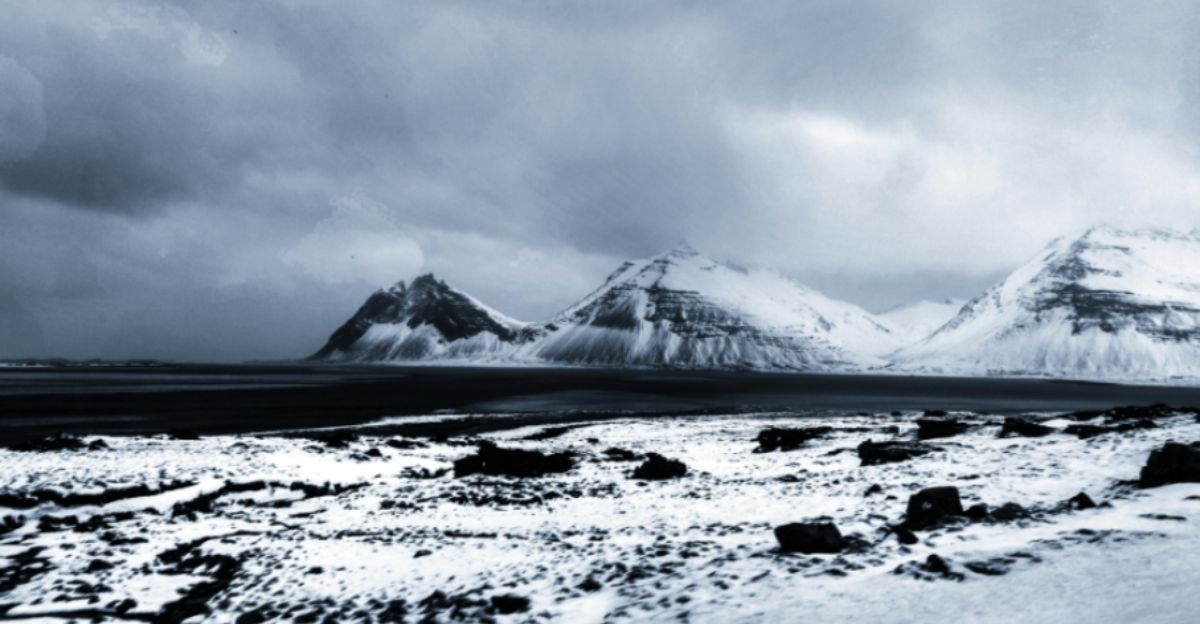
The exploration of these subglacial environments has brought about the important policy discussions and ethical considerations at an international levels. Organizations such as the Comission for the Conservation of Antarctic Marine Living Resources has recently designated tehse newly exposed regions as special areas of study by restricting commercial activities in other to protect these habitats.
There are international threats and ethical codes of conduct which guide the responsible exploration and minimal environmental impact of these habitats. The collaboration amongst countries is essential as we all have our role to play and the stakes are far to great for any country to manage alone.
Cross-disciplinary Impact
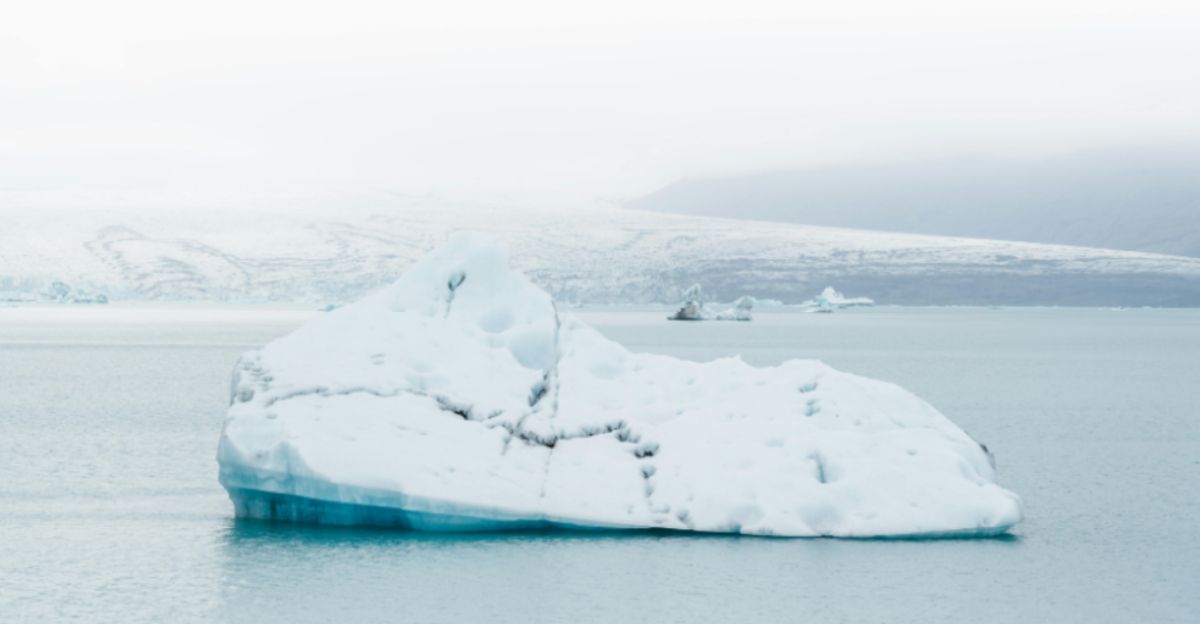
This new discovery of life beneath the Antarctic ice extends far beyond the field of biology and microbiology and touches on a wide range of disciplines of research. In Astrobiology thriving ecosystems in extreme isolation challenges how we understand habitability and even the origins of life itself. Which is particularly useful when we try to understand life on other planets.
Climate scientists are using the data found from the subglacial ecosystems, to finetune models of gloabal climate change and better understand how the loss of ice impacts our biodiversity. Engineers and technologists are designing new tools and techniques for exploring extreme environments that could have an application in avenues such as space exploration as well as deep sea mining.
Future Trends
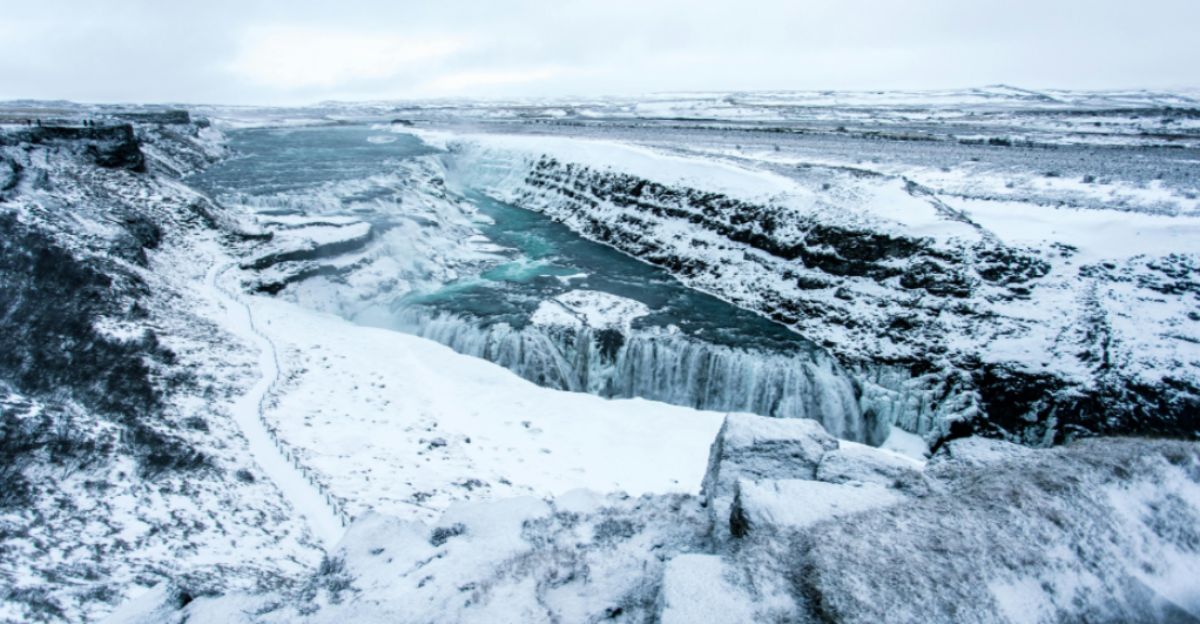
Looking into the future, the continued loss of Antarctic Ice is likely to reveal even more ecosystems. Advances in remote sensing, Genomics, and Artificial Intelligence (AI) can help us have a deeper and more comprehensive exploration of these environments. Hypothetically, the discovery of ancient life forms could further challenge our definitions of life and its limits to what it can withstand.
There is also the possibility that these newly found ecosystems can harbor information that can apply in the medical industry or environmental remediation. It is the hope that as subglacial exploration becomes easier for us, the data gathered from it will inform changes in our global climate models, conservation strategies and even our search for extraterestial life.
Broader Implications
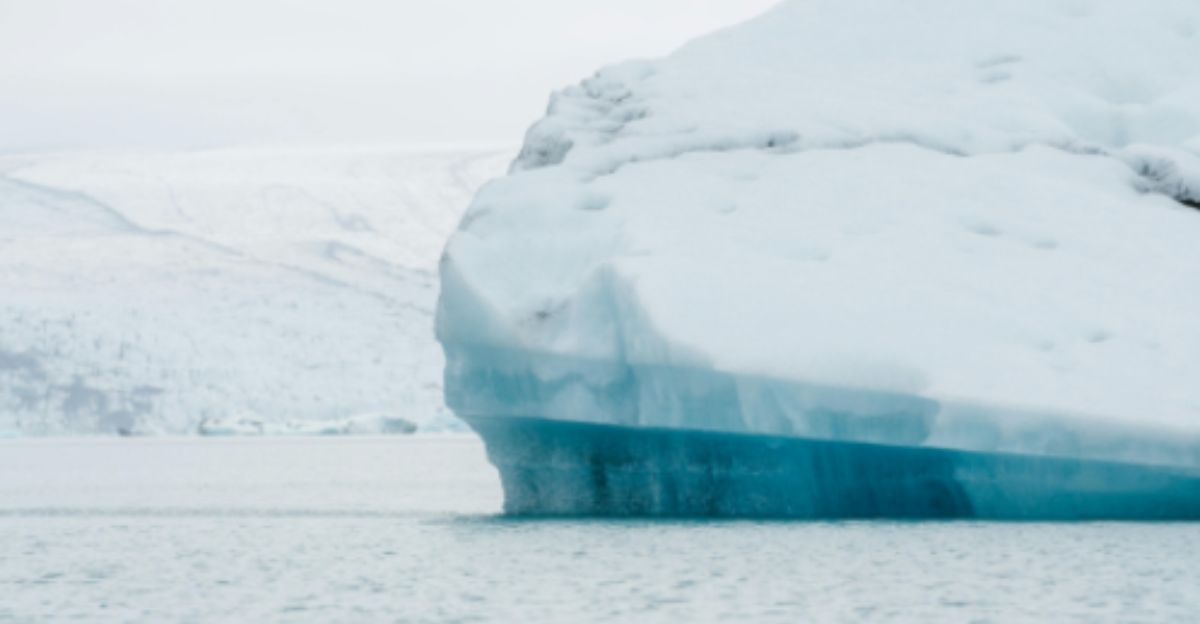
Discovering these thriving ecosystems beneath the Antarctic ice is an incredible moment in science as it forces us to reevaluate the adaptability of life. These discoveries have an important implication for our understanding of climate, biology and even how we phylosophically undertsand life’s resilience.
The interdisciplinary nature fo this research marks the continuation for takiling global challenges together by bringing experts from different fields and different countries together to address very complex questions. The story of Antartic exploration is a reminder of the vast unknowns that exists on Earth. This story is far from over it is in many ways, only beginning…
Uncover more fascinating moments from history — and hit Follow to keep the stories flowing to your feed!

Don’t miss more incredible stories from the past! Tap Follow at the top of this article to stay updated with the latest historical discoveries. Share your thoughts in the comments — we’d love to hear your perspective!


